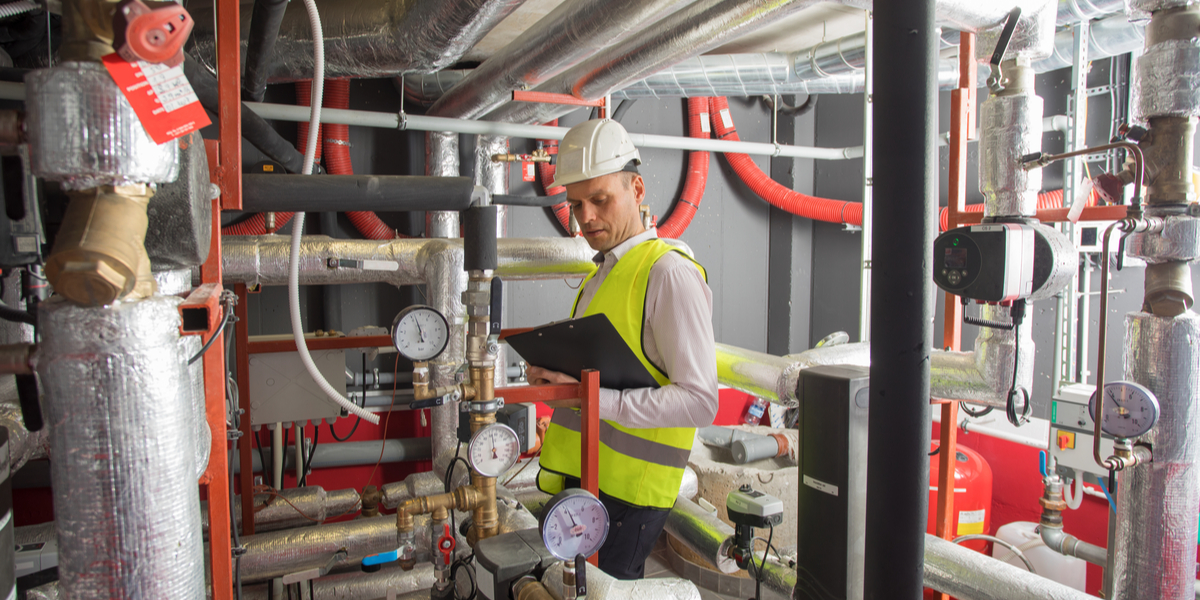Rebuilding this Energy Sector is Something We Can All Rally Around
Let's Save Energy
Alliance to Save Energy's Blog

The Department of Energy this week released the 2021 U.S. Energy Employment Report (USEER), an annual report that is the go-to for U.S. energy jobs data. The report comes at an especially pivotal time this year as Congress debates legislation that would be transformative for our nation’s energy workforce.
The USEER provides insight on the impact COVID-19 had on energy workers and finds that one sector was particularly hard hit – and not one that we’re talking about nearly enough: energy efficiency. Data from the report highlights that policymakers need to pay special mind to this sector – one that is often overlooked, but is actually one of the largest employers in the entire energy industry – as the infrastructure legislative process continues.
COVID-19 IMPACTS
The USEER finds that energy efficiency employed 2.1 million Americans at the end of 2020 – an 11.4% decline due to COVID-19. This decline is particularly damaging because efficiency is such a large segment of the energy economy – for context, you could add up all the jobs in coal, natural gas, wind, and solar combined, double that, and you still wouldn’t be anywhere near the number of people employed in efficiency.
These jobs also touch a wide variety of industries. The energy efficiency sector includes workers who manufacture and install energy-saving products and provide services that reduce energy consumption; a few examples of energy efficiency jobs include a construction worker installing insulation, a factory worker making an ENERGY STAR product, or an energy auditor evaluating building energy use. The USEER segments out these jobs that are dependent on demand for energy efficiency from the overall construction, manufacturing, and professional services industries, and the 2021 report finds that no sub-sector was spared the pandemic’s blow. For example, the construction sub-sector lost more than 13% of its workforce, while manufacturing lost nearly 11%.
WHAT TO DO
There are a number of policy options available to help this sector rebuild – for full proposals, visit the Alliance’s COVID-19 response page. However, the USEER offers some context for where efforts should be concentrated:
- ENERGY STAR. The report finds that the ENERGY STAR program was responsible for more than 729,622 jobs in 2020. Despite being a clear boon for jobs, the program’s budget has fallen in recent years. The Alliance is calling on Congress to increase its budget to $80 million to expand product categories and support building efficiency programs.
- Workforce development and diversity. While the report finds that the efficiency sector is slightly more diverse than the national average, it is far from representative for women and Black Americans. Legislation like Rep. Bobby Rush’s (D-Ill.) Blue Collar to Green Collar Jobs Development Act would help increase training and opportunities.
- Utility efficiency programs. The USEER does not include utility employees who work on energy efficiency programs in efficiency job numbers; however, this year DOE performed an additional survey finding that 23,300 utility employees are engaged in efficiency work, or 4% of total employment in the utility sector. Support for these programs, such as creating a DOE grant program matching utility incentives available to small businesses to improve their efficiency, could help build this workforce.
The efficiency workforce might not make as many headlines as other sectors of the energy economy, but the USEER serves as a reminder that it is one of the industry’s largest and most varied sectors. It also is an important part of the energy economy of every state: efficiency jobs are found in 99.8% of U.S. counties. Rebuilding this sector is critical for tens of thousands of workers, for the customers who rely on energy efficiency services to lower their utility bills, and for our environment as efficiency upgrades are one of the fastest ways to cut emissions. As Congress looks to shape the next stage of the energy economy, the energy efficiency sector should be at the top of policymakers’ lists.
RECENT BLOG POSTS
STAY EMPOWERED
Help the Alliance advocate for policies to use energy more efficiently – supporting job creation, reduced emissions, and lower costs. Contact your member of Congress.
Energy efficiency is smart, nonpartisan, and practical. So are we. Our strength comes from an unparalleled group of Alliance Associates working collaboratively under the Alliance umbrella to pave the way for energy efficiency gains.
The power of efficiency is in your hands. Supporting the Alliance means supporting a vision for using energy more productively to achieve economic growth, a cleaner environment, and greater energy security, affordability, and reliability.



